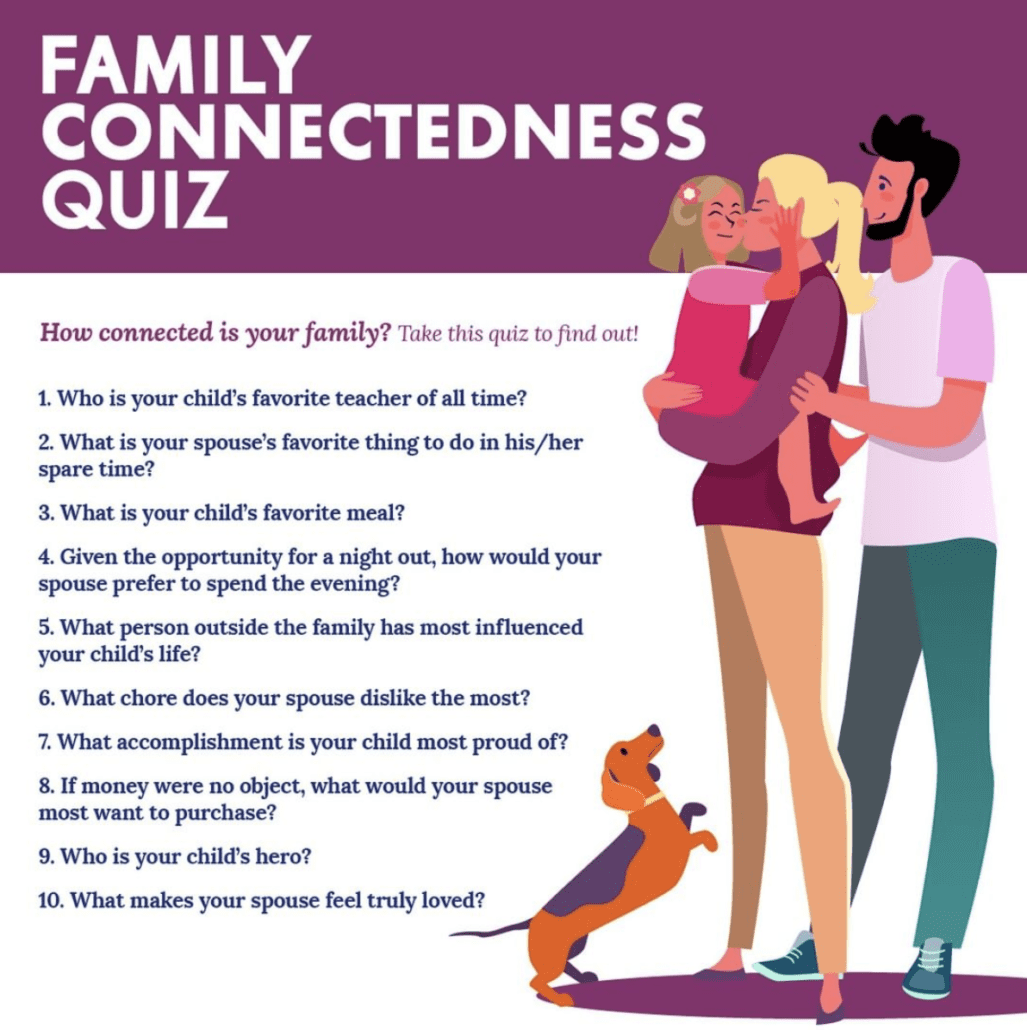What are the words to describe this season of social isolation and self-quarantine during COVID-19? I can think of a few:
Frustrating. Stressful.
Extremely inconvenient.
Full of anxiety.
Ruined my plans.
What day is it again?
(I could go on…)
As I was talking with friends (six feet from my computer screen, of course) about how normal life has been turned upside down by this Global Pandemic, I was struck with an interesting thought: Social distancing has taken away all the excuses for not doing the things I’ve said I’m too busy to do.
For those who are self-quarantined, it has removed a great deal of busyness. Sure, many of us still have to work or do school from home. But chances are we haven’t been fighting traffic to get home, rushing kids to ball games, or struggling to get dinner prepared at a decent hour. This weird point in our current history has created at least some margin in our daily lives. And where there’s margin, there’s an opportunity.
I realize this calls for an intentional change in our outlook on our situation. You almost have to unnaturally choose to see the opportunities before you. But I really do think they are there.
Below are five ways—opportunities, if you will—that social distancing can increase happiness in the home.
- The opportunity to slow down. Social isolation has given us the margin of time. Even if you are working from home, or if your kids are doing school remotely, chances are you can dictate and shape your schedule more than you’ve been used to.
- Use that to your advantage. Ask yourself, what are the important things I’ve put off because I said I was too busy? Exercise. Taking a daily walk. Reading. Meaningful conversations with your spouse. Playing in the yard with your kids. Reconnecting with that old school friend. Yoga. Eating at the dinner table each night. Meditation. And don’t forget time to just sit on the front porch… and breathe.
- Make a list. Schedule it. Do it!
- The opportunity to clean the clutter. There are two sides to this. Yes, now we have some time to fix that leaky pipe, clean out the garage, and weed the garden (how convenient for the pandemic to happen during Spring cleaning!).
- But there’s also the side of cleaning up the clutter that has built up in our relationships with the people we love in our home. Maybe the busyness of your previous life has caused some disconnection between you and your family members. Now is the opportunity to engage in good, healthy, deeper conversations and times of connection.
- Our family decided to open up the box of conversation-starter questions that’s been sitting unused on our kitchen table. Every evening at dinner, we’ve had some of the funniest and most interesting talks around these questions. However you decide to clear that space, make it an intentional and daily routine.
- One word of caution: Cleaning the clutter may also mean visiting some of the issues that have been lingering between you and your spouse or your kids. This may be a good time to work things out. However, be very aware of stress levels and be strategic as to when the best times are to talk things out. It’s not a good idea to work on old issues when the anxiety is particularly high.
- The opportunity to focus on others in need. Obviously you are not alone in feeling the stress and anxiety. There are those in our neighborhoods and communities who are hurting right now. This is a great opportunity for you and your family to help ease the fears and uncertainties of others, even while you are social distancing.
- One charitable neighbor of ours set out a tub full of hand-sanitizers on the sidewalk in front of their yard for anyone who had need. My daughter (on her own) created cheerful cards to give to the neighbors. Someone else in our neighborhood organized a “bear hunt” through social media—our neighbors were invited to display teddy bears and other stuffed animals in our windows so that when kids walked by, they could “hunt” for as many bears as they could.
- Anything you can do to bring a smile and sense of cheer to those around you will most certainly bring happiness to your own home.
- The opportunity to be appreciative. When we are super-busy, it’s easy to forget to stop and remember what we should be thankful for. Practicing gratitude increases a sense of happiness and well-being in the home. No matter how much or little one has, there are always reasons to be thankful—for food on the table, the air you breathe, a roof over your heads, the people you love in your home.
- Acknowledge what you appreciate. Make it a practice at mealtime to share with each other what you are thankful for. Make a daily “gratitude list.” Thankfulness is a strong tool to temper anxiety and to boost happiness.
- The opportunity to play and be creative. At no other time in our recent history has it been so vital to inject some fun, laughter, and play into our daily lives. Now is the time for family Monopoly games, Nerf wars, movie nights, making breakfast for dinner, camping in the backyard, playing in the rain, and family dance-offs. These activities cut through the stress and provide the glue that bonds family members more closely together. Don’t let the tension of quarantine compromise the opportunity to make memories. Laugh and have some fun!
Opportunities don’t take themselves. You have to be intentional about using the margin you’ve been given as you incorporate social distancing into your life. However, the payoff for you and your family is tremendous.


